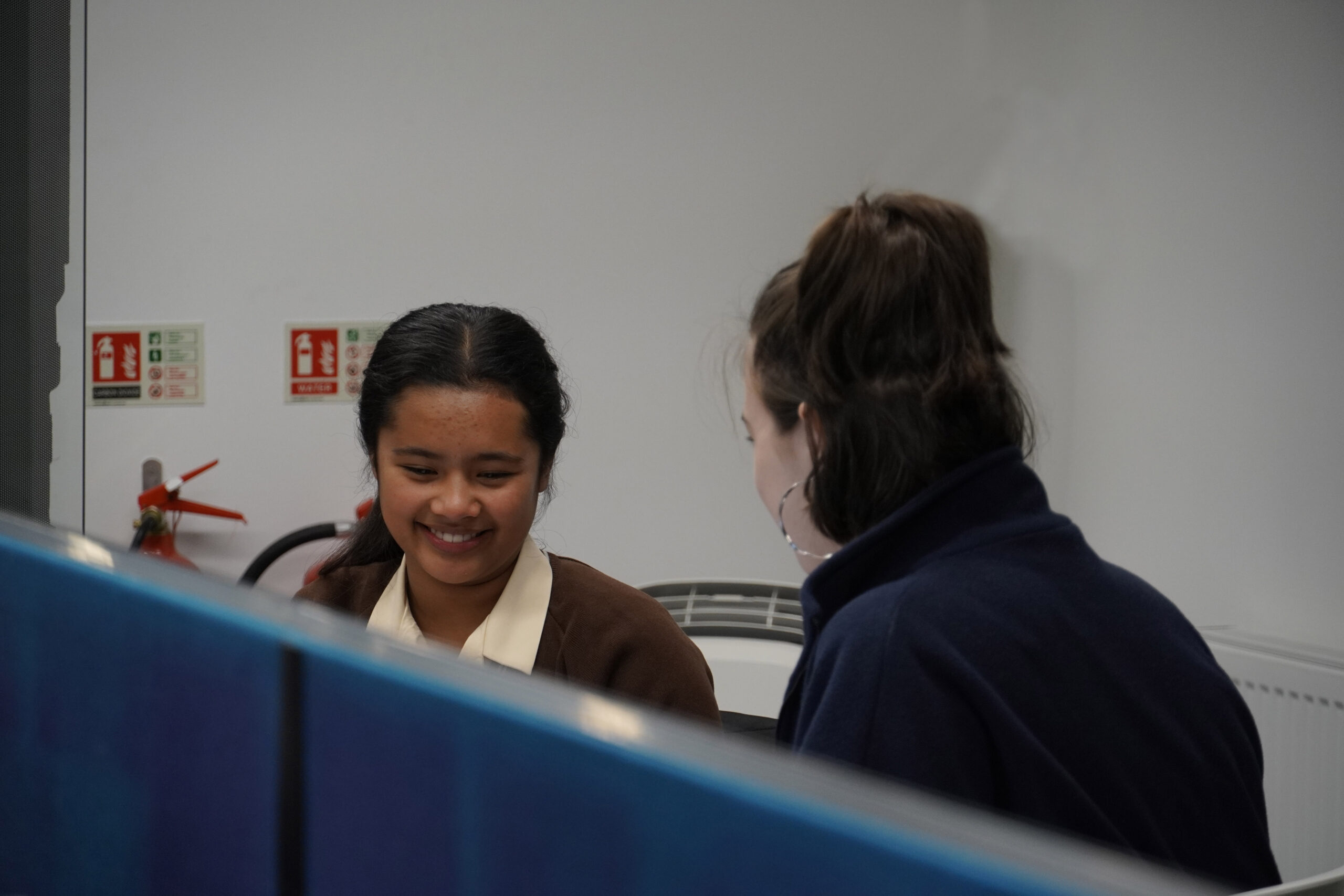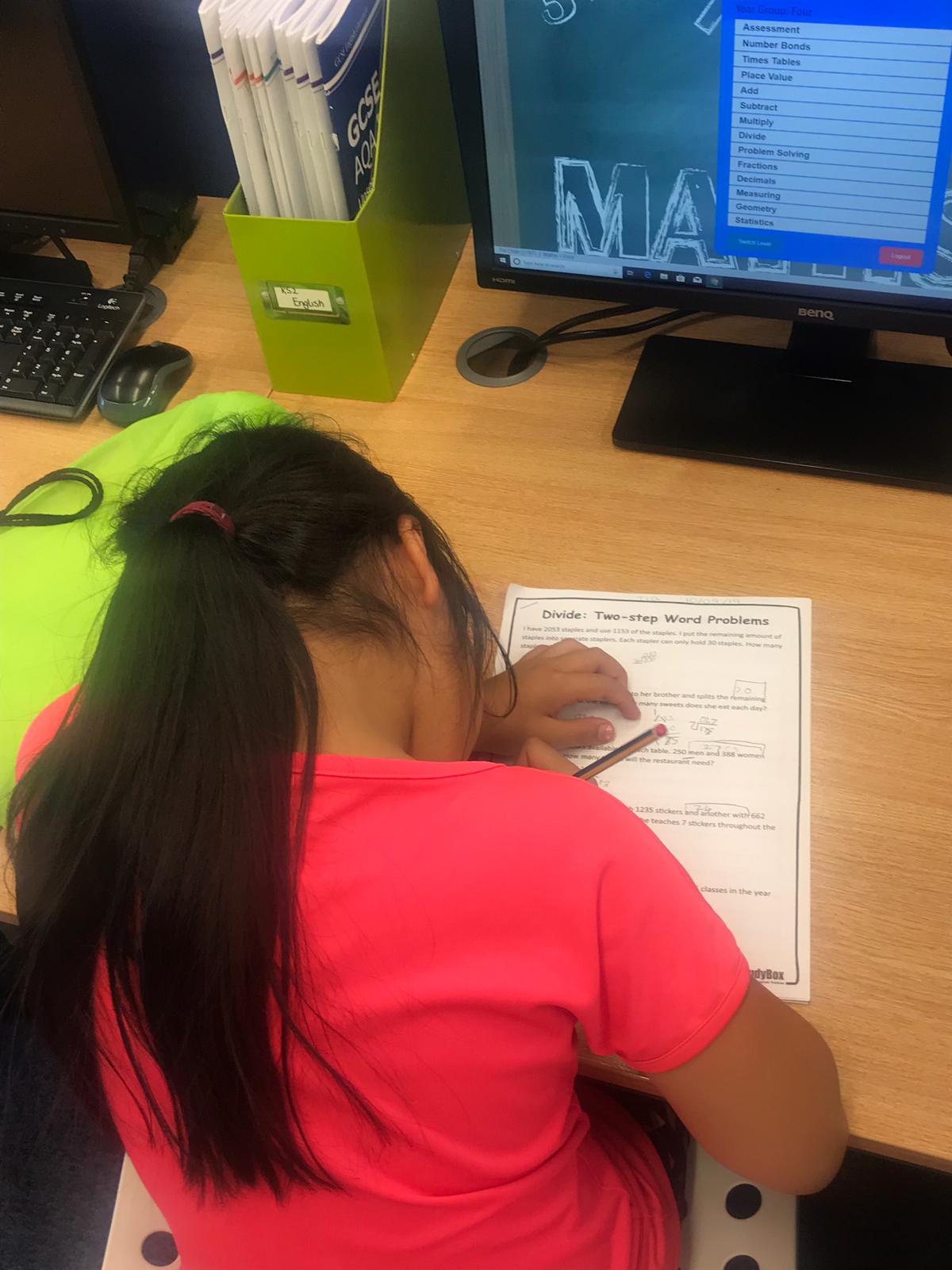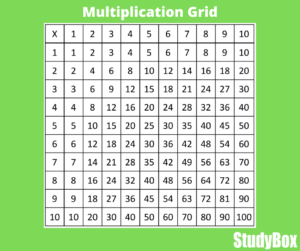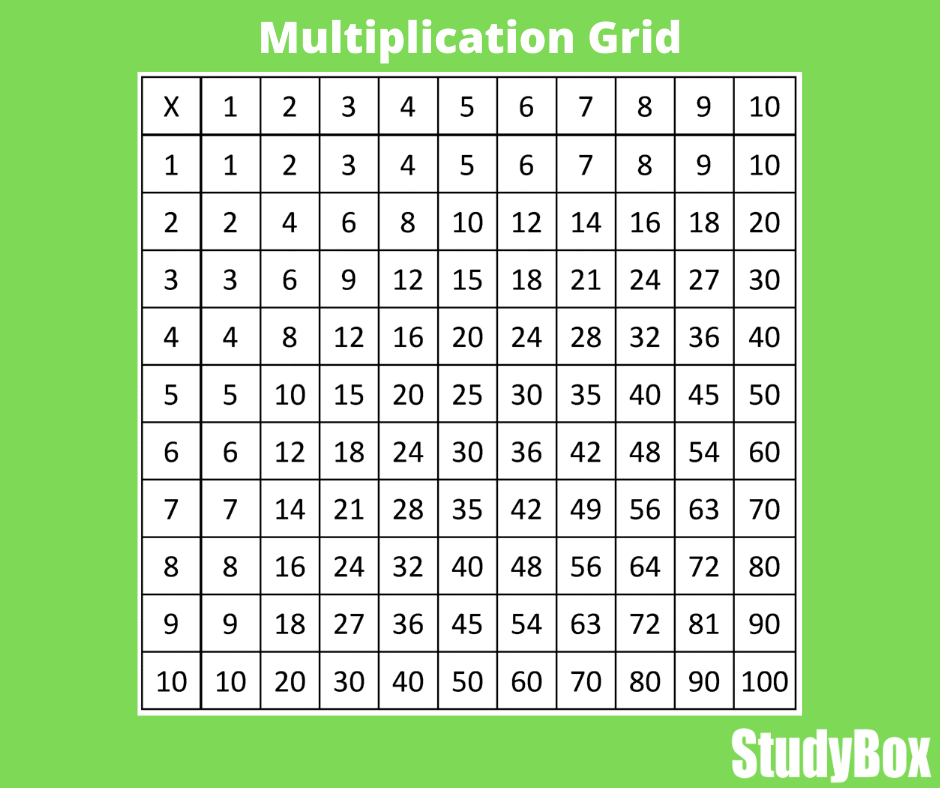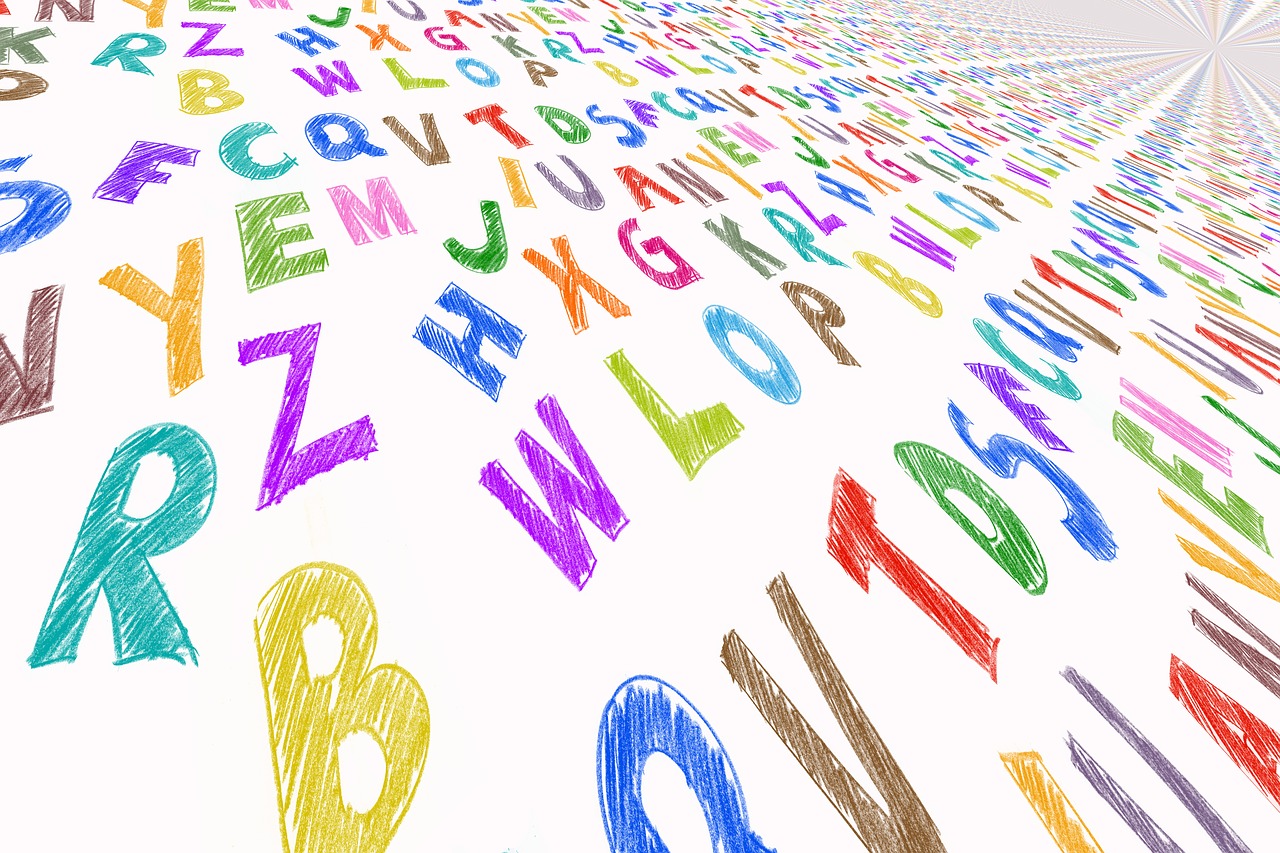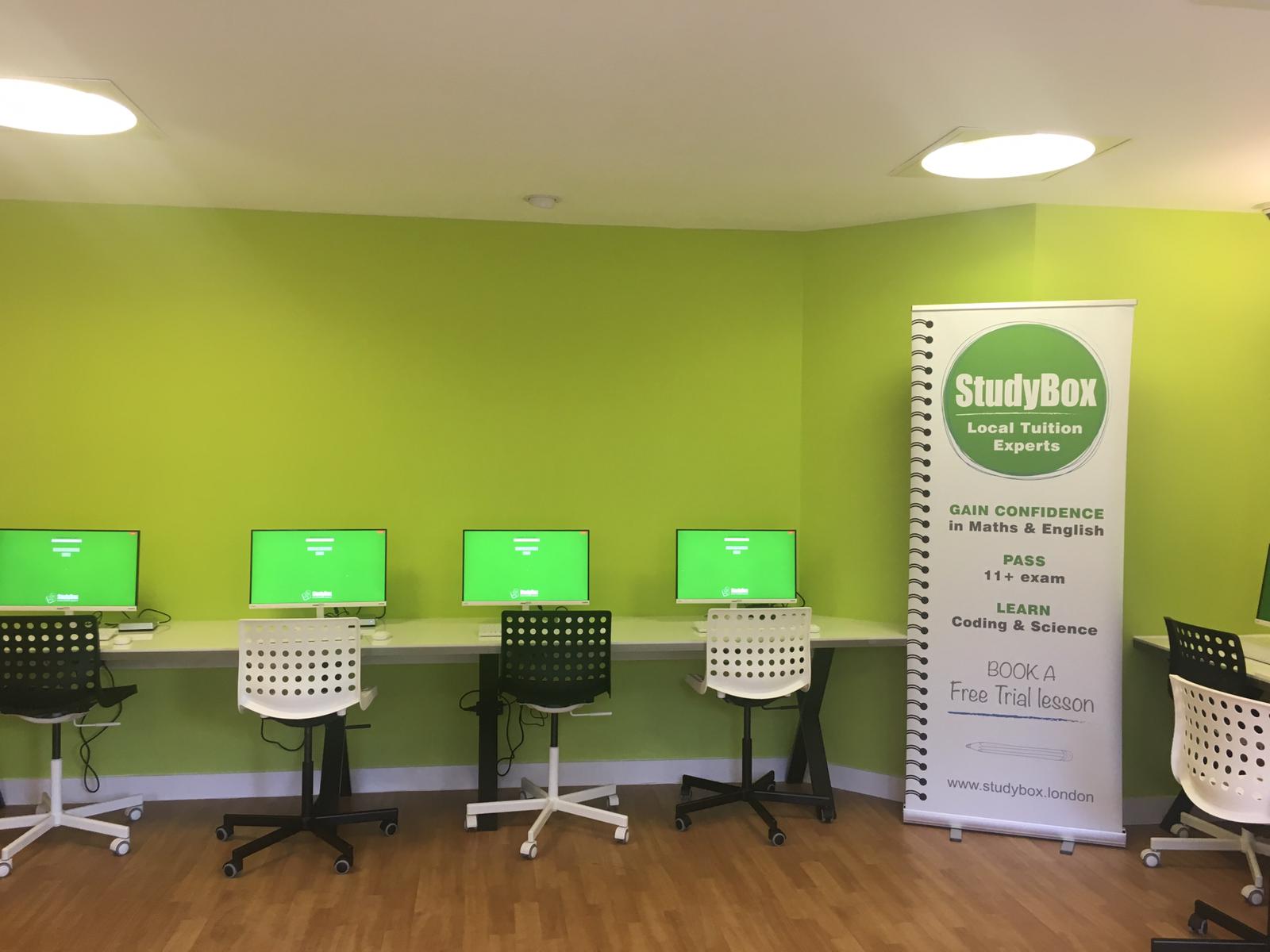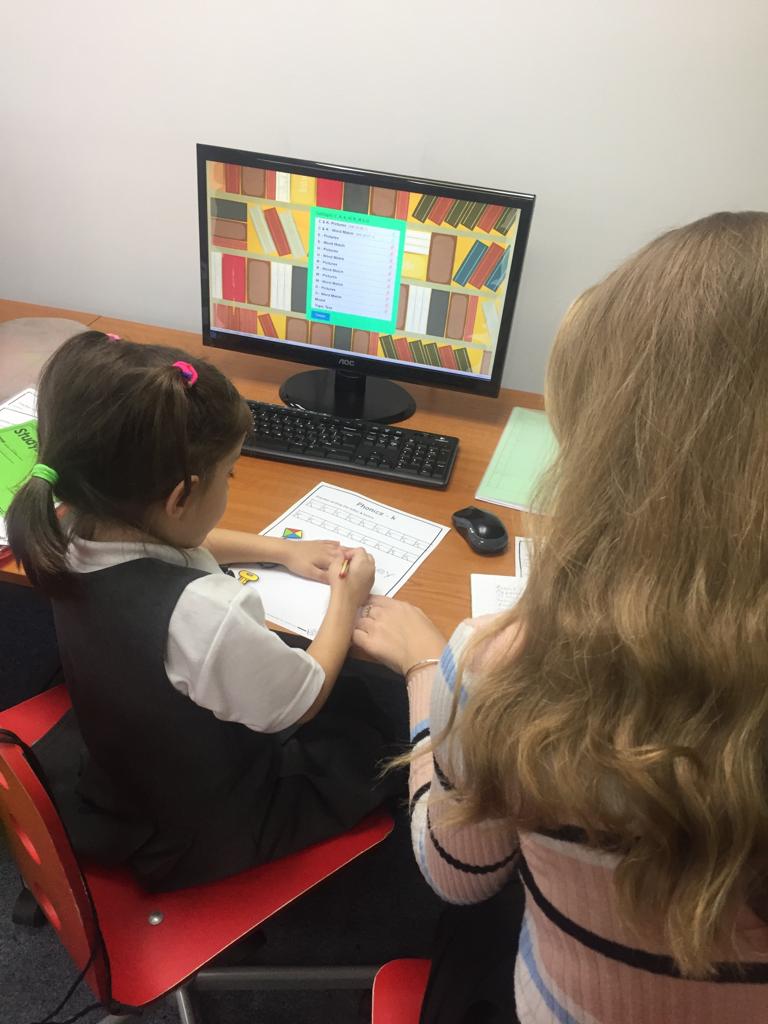Helping children with their spellings
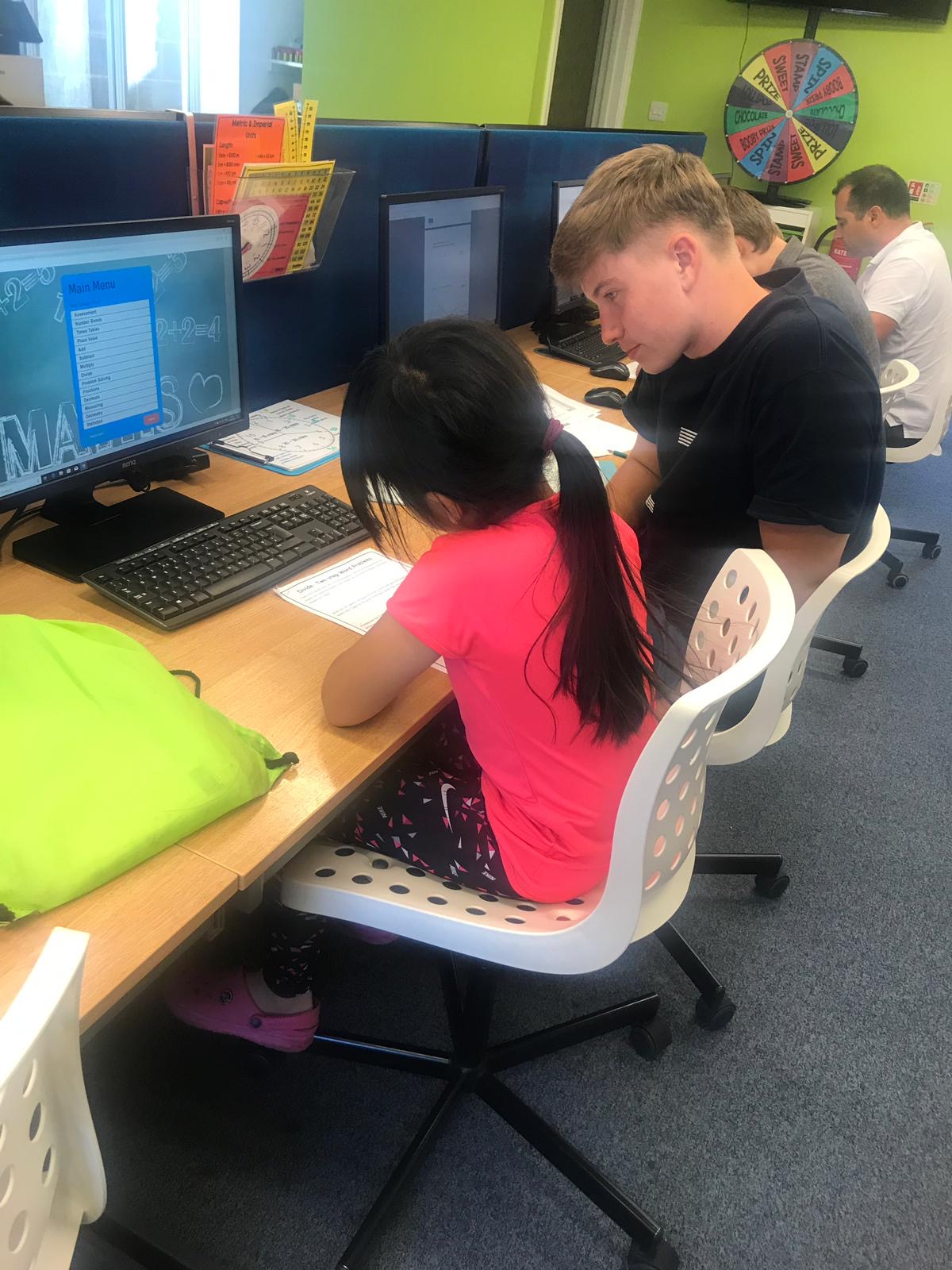
The English language can be challenging to grasp, especially for children learning how to spell. Helping children with their spellings doesn’t have to be difficult though!
Try these tips for making spelling that little bit easier for you child.
Learning letter patters
- I before E except after C. The letter i usually comes before e in a word, however there are a few exceptions to this rule, like seize, weird, science…
- It can be useful to teach children common word endings (called suffixes). Teaching the common word endings, like “-een” “-ough” “-tion” “-ue” “-cian” will help children to remember the spellings more easily.
- Some words don’t follow any rules or patterns so they have to be memorised, for example the b in ‘subtle’ is silent.
- Some double letters can’t be heard, like ‘accommodation’ and ‘disappoint,’ so learning the spellings for these is useful.
- Homonyms are words that sound the same but have different meanings, like ‘your’ and ‘you’re.’ These must be learnt as two separate meanings, to avoid confusion. The apostrophe in ‘you’re’ stands in place for ‘are,’ so this is a different meaning to the direct address using ‘your.’
Top tips:
- Reading: reading allows spelling to be learnt easily without realising, as well as improving vocabulary.
- Mnemonics: mnemonics involves using imagery or patterns, which ca help to remember spellings. Try learning acronyms, like ‘because’ can be remembered as as ‘Big Elephants Can’t Always Understand Small Elephants’, or the word ‘necessary’ has one c and two s’, which can be remembered by comparing it to a shirt, which has one collar, one c, and two sleeves, two s’.
- Spelling lists: create a new spelling list every week and test your child on it. You can make this fun by creating themed spelling lists, for example one on seaside-related spellings. Writing out the spellings over and over again, especially the incorrect ones, will help with memorising and perfecting them. It may be beneficial to keep a list or notebook to record all the spellings that have been learnt, then you and your child can return to the list to recap.
- Sounding out words: sounding out difficult words can help to break them down when spelling them, like February can be broken down into Feb-ru-ary, or Wednesday can be Wed-nes-day.
Helping children with their spellings has never been easier. Learning spelling patters and rhymes allows certain spellings to be remembered with ease. For some tricky spellings, there is no pattern, like words with silent letters – so these ones have to be memorised. Testing your child on their spellings by giving them weekly spelling tests will help them to remember spellings and letter patterns. For those tricker spellings, make a note of them and go through them together until they are perfected!
Click here for a list of challenging spellings to test your child on.

